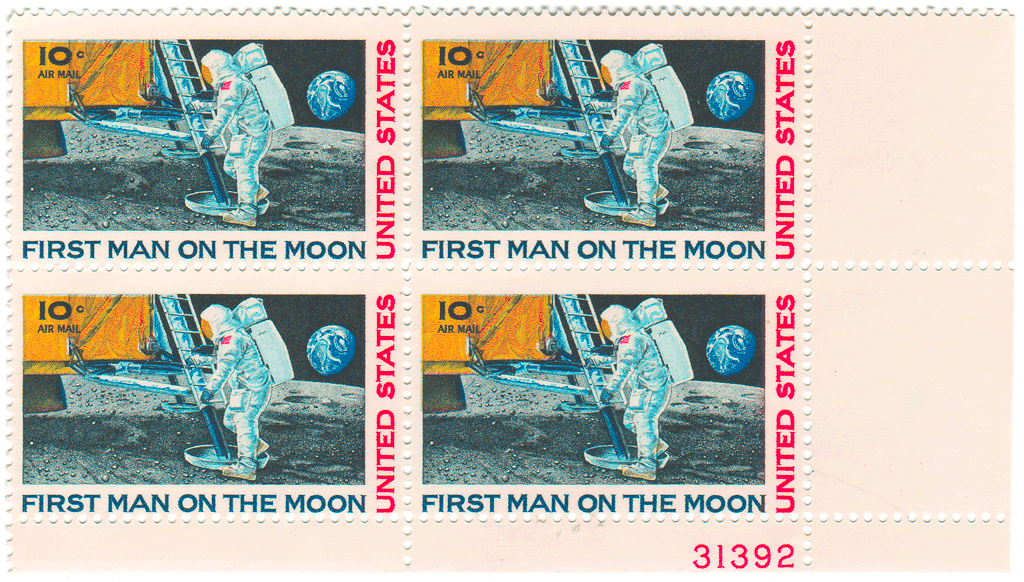I don’t get a lot of spam, at least not in the traditional sense of “unsolicited commercial email”. But I do get a lot of solicitations from online retailers with whom I have done business. As we all know, even a single order can trigger weekly emails. Multiply that by all places I do business with, and I end up with a lot of unwanted emails.
Certainly, the vast majority of these companies offer an unsubscribe option, with instructions clearly marked at the bottom of the email. These instructions tend to have a URL which I click and one of three things happen:
- Link automatically unsubscribes me
- Link takes me to a web page that asks for confirmation and maybe a little survey, or a list of mailings which I can opt-in or out of.
- Link takes me to a login page, where I need to remember my login id, navigate to a profile and perform several other steps before I can unsubscribe. I have some mailing lists that I have never been able to unsubscribe to at all. I end up defining inbox rules to delete the mailings altogether.
The idea for a standard is this: Can we encode these unsubscribe mechanisms, or at least the first two mechanisms, in a standard way in the mail message itself, so that an email client can allow the user to simply push a button and activate the unsubscribe procedure? If done right, I could even be in my inbox view and select several emails and unsubscribe to those lists all at once. Ideally no further user interaction would be required. And certainly I want to avoid the requirement to hunt through an email for the unsubscribe link.
Since emails can come in a variety of formats, from text, to HTML to RTF, it might make sense to handle this in the mail headers rather than the email body itself.
Of course, we want this to be simple and declarative and not require general-purpose scripting support, for simplicity and security reasons.
I think this would be a relatively simple standard to create. We just need some conventions for an email to declare a RESTful API for unsubscribing to a list.
Of course, maybe there is something like this already out there?
